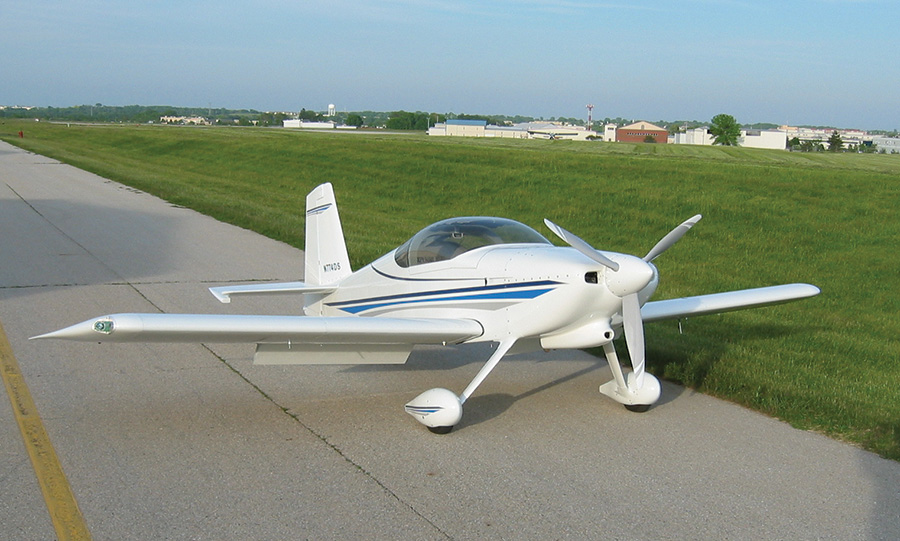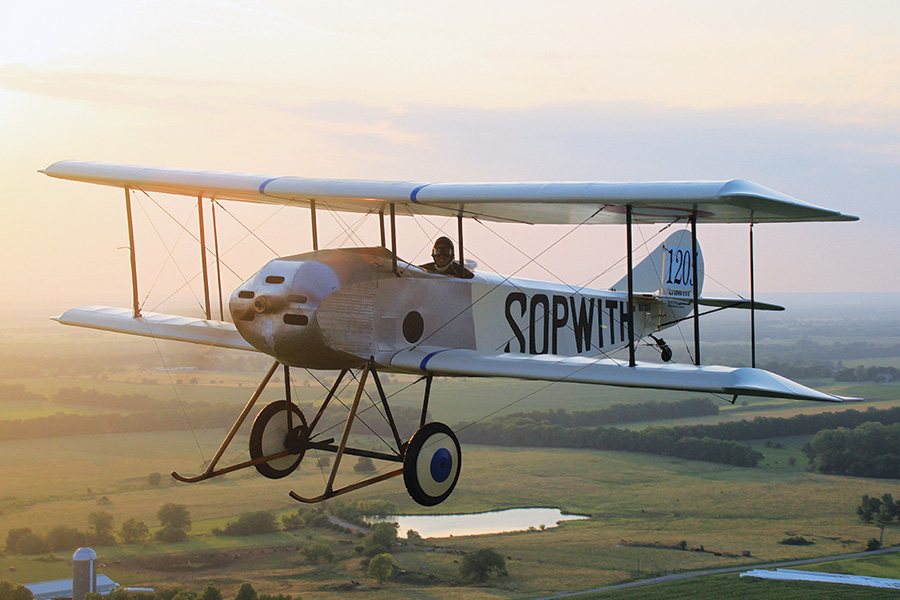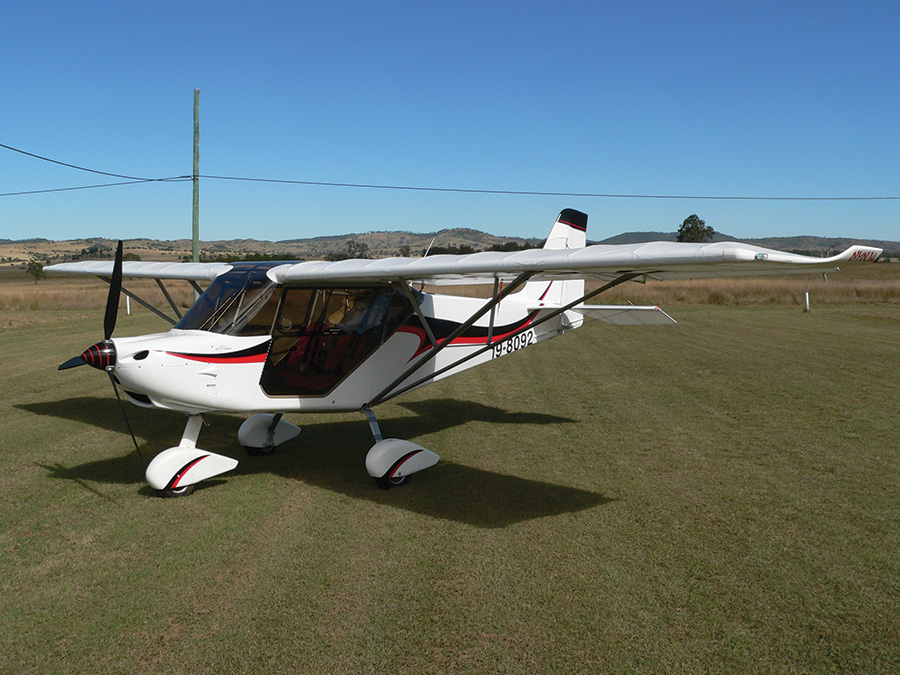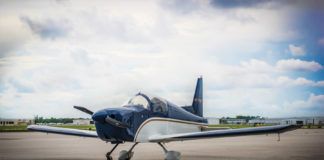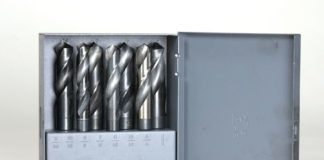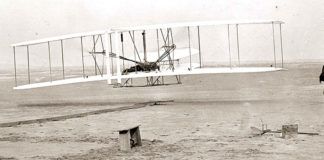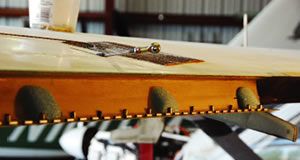David Smith’s RV-7
On March 9, it had been four years, seven months and 17 days since I took over the RV-7 project. It was a windy day, and I headed to the airport after work to make preparations for the upcoming first flight. The checklist was completed, and I began to taxi and talk with the airport controller. There was no audience and winds were dropping—it was time for me to fly! I taxied up to runway 33 at Kenosha. After what seemed to be a long, reflective moment, I pulled onto the runway. After another reflective pause, power was added steadily and everything proceeded smoothly. I was in the air almost instantly and climbing quickly. OMG-OMG-OMG!
Once in the pattern with nothing familiar, I requested to fly one circuit above the airport, which allowed me to steady the plane and prepare for the controlled crash landing that would follow. I lined up for the approach and landed and then came to a full stop. It was probably less than 10 minutes, but it seemed to be an eternity. The success and excitement of it all was reflected in the tower controller’s final transmission: “Congratulations—did you Scotchgard those seats?”
Our RV-7 includes an O-360 with mags, Catto three-blade prop, Grand Rapids Sport, TruTrak ADI II, Garmin 430W, Fliteline interior, PPG Desothane paint and AeroGraphics decals. Special thanks to Patti, Paul Jr., Oz, Marcel, Bernie, Verne, EAA chapter 414 and the patient Van’s staff.
Libertyville, Illinois
[email protected]
Rob Waring and Shelly Wells’ Sopwith Tabloid
Our Airdrome Aeroplane Sopwith Tabloid replica made its first flight on June 23, 2012, with the amazing Harvey Cleveland at the controls. After the flight he remarked, “This plane is a hoot to fly!”
It is powered by a Valley Engineering 115HP 2332cc VW with a 2.47:1 reduction drive swinging a Culver 90 x 66-inch propeller. It has a wingspan of 26 feet and an empty weight of 791 pounds. The kit can be built as a Tabloid, a Sopwith Schneider or a Sopwith Baby. Ours represents a 1915 Royal Naval Air Service SS3 variant that served in the Gallipoli campaign. It is a two-seat side-by-side replica of the aircraft that first brought Sopwith fame, and was the beginning of a long line of WW-I fighter aircraft.
Warrenton, Virginia
[email protected]
Scott Hendry’s Nynja
I started the Nynja kit in August, 2011 and it flew in June, 2012. The Nynja is a quickbuild kit, but I’m a very deliberate and particular builder, so it took me longer than most. It was easy to build and it’s a dream to fly, even for a novice pilot like myself.
Brisbane, Australia
[email protected]
BUILDERS SHARE THEIR SUCCESSES
 Submissions to “Completions” should include a typed, double-spaced description (a few paragraphs only—250 words maximum) of the project and the finished aircraft. Also include a good color photograph (prints or 35mm slides are acceptable) of the aircraft that we may keep. Please include a daytime phone number where we can contact you if necessary. Also indicate whether we may publish your address in case other builders would like to contact you. Send submissions to: Completions, c/o KITPLANES® Magazine, P.O. Box 856, Friendswood, TX, 77546. Digital submissions are also acceptable. Send text and photos to [email protected] with a subject line of “Completions.” Photos must be high-resolution—300 dpi at a 3 x 5 print size is the minimum requirement. You can also submit your aircraft through our online form.
Submissions to “Completions” should include a typed, double-spaced description (a few paragraphs only—250 words maximum) of the project and the finished aircraft. Also include a good color photograph (prints or 35mm slides are acceptable) of the aircraft that we may keep. Please include a daytime phone number where we can contact you if necessary. Also indicate whether we may publish your address in case other builders would like to contact you. Send submissions to: Completions, c/o KITPLANES® Magazine, P.O. Box 856, Friendswood, TX, 77546. Digital submissions are also acceptable. Send text and photos to [email protected] with a subject line of “Completions.” Photos must be high-resolution—300 dpi at a 3 x 5 print size is the minimum requirement. You can also submit your aircraft through our online form.

